Experiential Graphic Design: Informing, Inspiring, and Integrating People in Physical Spaces—A Review
Abstract
1. Introduction
1.1. Multisensory Strategies in XGD
1.2. From Environmental Graphic Design (EGD) to Experiential Graphic Design (XGD)
1.3. Traditional vs. Experiential Graphic Design
1.4. Key Aims and Research Questions
- RQ1: What are the key foundational studies in the field of XGD and how has the scientific literature on XGD evolved over time?
- RQ2: What are the established and emerging keywords within the XGD research domain and what are the dominant research trends?
- RQ3: What are the primary application environments for XGD products, and what are their defining characteristics?
- RQ4: What are the key roles of XGD, and how can these be effectively realized?
2. Methodology
2.1. Eligibility Criteria
2.2. Information Sources
2.3. Search Strategy
- Web of Science database search: (TITLE = (experiential graphic design) OR (environmental graphic design) OR (environmental graphics) OR (KEYWORDS = (experiential graphic design) OR (environmental graphic design) OR (environmental graphics)).
- Scopus database search: (ARTICLE TITLE = (“experiential graphic design”) OR (“environmental graphic design”) OR (“environmental graphics”)) OR (KEYWORDS = (“experiential graphic design”) OR (“environmental graphic design”) OR (“environmental graphics”)).
- Google Scholar database search: (find articles with ALL of the words = (“environmental graphic design”) OR (“experiential graphic design”) OR (“environmental graphics”) in the TITLE of the article).
2.4. Selection Process
2.5. Data Management
2.6. Results of Bibliometric Analyze
3. Experiential Graphic Design in Various Application Environments
3.1. XGD in Urban Spaces
3.2. XGD in a Healthcare Environment
3.3. XGD in an Educational Environment
3.4. XGD in Cultural and Tourism Spaces
3.5. XGD in Retail and Business Establishments
4. Key Roles of Experiential Graphic Design
4.1. Informing People in Physical Spaces
4.2. Inspiring People in Physical Spaces
4.3. Integrating People in Physical Spaces
5. Advancements and Trends in, and the Future of Experiential Graphic Design
5.1. Trends and Terminological Shifts in Recent XGD Publications
5.2. Emerging Technologies in the Design and Manufacturing of XGD
5.3. Challenges in Experiential Graphic Design Education
5.4. Sustainability in XGD
6. Conclusions
Author Contributions
Funding
Conflicts of Interest
Abbreviations
| AHP | Analytic Hierarchy Process |
| AI | Artificial Intelligence |
| AR | Augmented Reality |
| COVID-19 | Coronavirus Disease 2019 |
| DNA | Deoxyribonucleic Acid |
| ECI | Environmental Cost Indicators |
| EGD | Environmental Graphic Design |
| ESG | Environmental, Social, and Governance Framework |
| ISA | International Sign Association |
| JBR | Jumeirah Beach Residence |
| LCA | Life Cycle Analysis |
| LCD | Liquid Crystal Display |
| LED | Light-Emitting Diode |
| LRV | Light Reflectance Value |
| MR | Mixed Reality |
| POS | Point of Sale |
| PRISMA | Preferred Reporting Items for Systematic Reviews and Meta-Analyses |
| RQ | Research Question |
| SBE | Subjective Beauty Evaluation |
| SEGD | Society of Experiential Graphic Design |
| UI | User Interface |
| UX | User Experience |
| VR | Virtual Reality |
| XGD | Experiential Graphic Design |
References
- Calori, C.; Vanden-Eynden, D. Signage and Wayfinding Design, 2nd ed.; John Wiley & Sons, Inc.: Hoboken, NJ, USA, 2015; ISBN 978-1-118-69299-8. [Google Scholar]
- Zhang, J.; Liu, X.; Feng, Z.; Feng, X. Research on the Influencing Factors of Art Intervention in the Environmental Graphics of Rural Cultural Tourism Space. Land 2024, 13, 1680. [Google Scholar] [CrossRef]
- Bosque. Graphic and Branding Experiences for Spaces [Online Course]. Domestika. 2025. Available online: https://www.domestika.org/en/courses/945-graphic-and-branding-experiences-for-spaces (accessed on 22 April 2025).
- Li, Y. Construction of a Platform for Displaying Dialectalized Graphic Design Based on Virtual Reality Technology. Appl. Math. Nonlinear Sci. 2024, 9, 16. [Google Scholar] [CrossRef]
- Cornish, K.; Goodman-Deane, J.; Ruggeri, K.; John Clarkson, P. Visual Accessibility in Graphic Design: A Client-Designer Communication Failure. Des. Stud. 2015, 40, 176–195. [Google Scholar] [CrossRef]
- Lloyd-Esenkaya, T.; Lloyd-Esenkaya, V.; O’Neill, E.; Proulx, M.J. Multisensory Inclusive Design with Sensory Substitution. Cogn. Res. Princ. Implic. 2020, 5, 37. [Google Scholar] [CrossRef]
- Boucherit, S.; Maffei, L.; Masullo, M.; Berkouk, D.; Bouzir, T.A.K. Assessment of Sighted and Visually Impaired Users to the Physical and Perceptual Dimensions of an Oasis Settlement Urban Park. Sustainability 2023, 15, 7014. [Google Scholar] [CrossRef]
- Spina, C. Accessible and Engaging Graphic Design. Public Serv. Q. 2020, 16, 194–199. [Google Scholar] [CrossRef]
- Gupta, R. Perceiving Sequences and Layouts Through. In Proceedings of the 13th International Conference on Human Haptic Sensing and Touch Enabled Computer Applications, Hamburg, Germany, 22–25 May 2022; Seifi, H., Kappers, A.M.L., Schneider, O., Drewing, K., Pacchierotti, C., Abbasimoshaei, A., Huisman, G., Kern, T.A., Eds.; Springer: Hamburg, Germany, 2022. [Google Scholar]
- Hoffart, K. How Digital Technology Is Changing Interactive Displays at Museum & Interpretive Centres. Available online: https://exhibitstudio.ca/resources/blog/museum-and-interpretive-displays-digital-technology/ (accessed on 21 May 2025).
- Eshaghzadeh Torbati, H. The Role of Environmental Graphic in the Identification of Urban Public Spaces. Civ. Eng. J. 2018, 4, 1949–1954. [Google Scholar] [CrossRef]
- Atamaz, E. The Role of Graphic Design For Supplying Proper Space Image and Healing Communication Between People and Residential Environments. In Proceedings of the 3rd International Environment and Design Congress, İstanbul, Turkey, 11–12 December 2014; Bahcesehir University: Istanbul, Turkey, 2014. [Google Scholar]
- Poulin, R. Graphic Design + Architecture a 20th-Century History, 1st ed.; Rockport Publishers: Beverly, MA, USA, 2012; ISBN 978-1-59253-779-2. [Google Scholar]
- Ganoti, R.; Laskari, I. The Importance of Environmental Graphic Design in Urban Spaces. In Proceedings of the 4th International Conference on Environmental Design, Athens, Greece, 20–22 October 2023; EDP Sciences: Athens, Greece, 2023; Volume 436. [Google Scholar]
- Society of Experiential Graphic Design. 50 Years of Experience Design. Available online: https://segd.org/about/50-years-of-experience-design/ (accessed on 20 January 2025).
- Society of Experiential Graphic Design. What Is Experience Design? Available online: https://segd.org/about/what-is-experience-design/ (accessed on 20 January 2025).
- International Sign Association. About International Sign Association. Available online: https://signs.org/about/ (accessed on 10 January 2025).
- Walker, S. Research in Graphic Design. Des. J. 2017, 20, 549–559. [Google Scholar] [CrossRef]
- Liu, X.; Zhang, J.; Zhou, Z.; Feng, Z. Investigating the Impact of Environmental Graphics on Local Culture in Sustainable Rural Cultural Tourism Spaces. Sustainability 2023, 15, 10207. [Google Scholar] [CrossRef]
- Stotz, A. What Is Environmental Graphic Design? Available online: https://interiorarchitects.com/what-is-environmental-graphic-design/ (accessed on 21 January 2025).
- Shen, J.; Ling, S. The Construction of Visual Aesthetic Element System in Graphic Design Based on Big Data. Appl. Math. Nonlinear Sci. 2024, 9, 16. [Google Scholar] [CrossRef]
- Kanat, S. The Perceptions of Graphic Design Concept on Students Study on Graphic Design. J. Educ. Train. Stud. 2019, 7, 65–75. [Google Scholar] [CrossRef]
- Oladumiye, E.B. Graphic Design Theory Research and Application in Packaging Technology. Art Des. Rev. 2018, 6, 29–42. [Google Scholar] [CrossRef][Green Version]
- Youjian, W.; Abdul Ghani, D. The Chinese Traditional Cultural Graphic Elements in Modern Graphic Design. Int. J. Acad. Res. Bus. Soc. Sci. 2023, 13, 458–470. [Google Scholar] [CrossRef]
- Awad, E.A.; Woodcock, A.; Super, K. Development of a Curriculum for Expanded Sign Design Practice. In Proceedings of the 7th International Technology, Education and Development Conference, Valencia, Spain, 4–6 March 2013; IATED: Valencia, Spain, 2013. [Google Scholar]
- Aziz, M.A.; Syahril Iskandar, M. Analysis of Environmental Graphic Design in the Interior of the Pondok Indah Hospital Pediatric Clinic. ARTic 2023, 5, 499–511. [Google Scholar] [CrossRef]
- Page, M.J.; McKenzie, J.E.; Bossuyt, P.M.; Boutron, I.; Hoffmann, T.C.; Mulrow, C.D.; Shamseer, L.; Tetzlaff, J.M.; Akl, E.A.; Brennan, S.E.; et al. The PRISMA 2020 Statement: An Updated Guideline for Reporting Systematic Reviews. BMJ 2021, 372, 71. [Google Scholar] [CrossRef]
- Halevi, G.; Moed, H.; Bar-Ilan, J. Suitability of Google Scholar as a Source of Scientific Information and as a Source of Data for Scientific Evaluation—Review of the Literature. J. Informetr. 2017, 11, 823–834. [Google Scholar] [CrossRef]
- Walters, W.H. Google Scholar Coverage of a Multidisciplinary Field. Inf. Process. Manag. 2007, 43, 1121–1132. [Google Scholar] [CrossRef]
- Atamaz, E. Environmental Graphic Design for Building Information Systems. Eurasian J. Biosci. 2019, 13, 2271–2278. [Google Scholar]
- Puttipakorn, P.; Upala, P. Comparative Analysis of Environmental Graphic Design for Wayfinding on the Exit Patterns of Mass Transit Stations. Open Transp. J. 2018, 12, 150–166. [Google Scholar] [CrossRef]
- Utoyo, A.W.; Thin, S. Study of Environmental Graphic Design Signage MRT Station Blok M. In Innovative Technologies in Intelligent Systems and Industrial Applications; Mukhopadhyay, S.C., Senanayake, S.N.A., Withana, P.C., Eds.; Springer: Cham, Switzerland, 2023; pp. 891–900. [Google Scholar]
- Hananto, B.A.; Calista, H.; Kusuma, S.; Leoni, V. A Design Case: Identification, Analysis, and Redesign Simulation for Scientia Square Park’s Environmental Graphic Design. Int. J. Des. 2022, 2, 37–52. [Google Scholar]
- Talebzadeh, A.; Nowghabi, A.S. The Visual Effects of Store’s Signage Displays in Urban Landscape. Civ. Eng. J. 2019, 5, 191–199. [Google Scholar] [CrossRef]
- Bubric, K.; Harvey, G.; Pitamber, T. A User-Centered Approach to Evaluating Wayfinding Systems in Healthcare. Health Environ. Res. Des. J. 2021, 14, 19–30. [Google Scholar] [CrossRef] [PubMed]
- Harper, C.; Jefferies, S.; Crosser, A.; Avera, A.; Duke, T.; Klisans, D.V. Exploring Hospital Wayfinding Systems: Touchscreen Kiosks, Apps and Environmental Cues. In Proceedings of the Internationa Symposium on Human Factors and Ergonomics in Health Care, Chicago, IL, USA, 24–27 March 2019; HFES: Chicago, IL, USA, 2019. [Google Scholar]
- Li, W.; Ma, S.; Liu, Y.; Lin, H.; Lv, H.; Shi, W.; Ao, J. Environmental Therapy: Interface Design Strategies for Color Graphics to Assist Navigational Tasks in Patients with Visuospatial Disorders through an Analytic Hierarchy Process Based on CIE Color Perception. Front. Psychol. 2024, 15, 1348023. [Google Scholar] [CrossRef]
- Dwiputri, A.; Swasty, W. Color Coding and Thematic Environmental Graphic Design in Hermina Children’s Hospital. J. Vis. Art Des. 2019, 11, 35–44. [Google Scholar] [CrossRef]
- Gbr, B.A.A.; Soliman, M.M.M.A. Kinetic Environmental Graphic Design and Its Impact on the Interactive Interior Space of University Educational Environments. In Proceedings of the 4th Barcelona Conference on Education 2023, Barcelona, Spain, 19–23 September 2023; IAFOR: Barcelona, Spain, 2023. [Google Scholar]
- Bigat, E.Ç. Exploring Guidance and Signing Systems in Environmental Graphic Design as Informational Design: A Study Using Graphic Design Examples. In Proceedings of the 12th International Symposium on Graphic Engineering and Design, Novi Sad, Serbia, 14–16 November 2024; University of Novi Sad—Faculty of Technical Sciences, Department of Graphic Engineering and Design: Novi Sad, Serbia, 2024. [Google Scholar]
- Alansari, A. Wayfinding Implementations: An Evidence-Based Design Approach to Redesign College Building. Int. Des. J. 2022, 12, 69–75. [Google Scholar] [CrossRef]
- Atamaz-Daut, E.; Ergun, E. Graphic Design Applications for Spatial Imagery and Examples from a Nursery School. Eurasia J. Math. Sci. Technol. Educ. 2018, 14, 947–957. [Google Scholar] [CrossRef]
- Jęczmyk, A.; Uglis, J.; Zawadka, J.; Pietrzak-Zawadka, J.; Wojcieszak-Zbierska, M.M.; Kozera-Kowalska, M. Impact of COVID-19 Pandemic on Tourist Travel Risk Perception and Travel Behaviour: A Case Study of Poland. Int. J. Environ. Res. Public Health 2023, 20, 5545. [Google Scholar] [CrossRef]
- Setiawan, A.; Khamadi, K. Environmental Graphics in Strengthening the Branding of Jepara Carving City. Gelar J. Seni Budaya 2024, 22, 1–8. [Google Scholar] [CrossRef]
- Wu, J. Research on the Combination of UI and Graphic Design in Museums in the Digital Age. Trans. Soc. Sci. Educ. Humanit. Res. 2024, 7, 366–370. [Google Scholar] [CrossRef]
- Zhang, Z.; Lu, J.; Zhang, X. Emotionally-Oriented Design in Museums: A Case Study of the Jewish Museum Berlin. Front. Psychol. 2024, 15, 1423466. [Google Scholar] [CrossRef]
- Calista, H.; Hananto, B.A.; Maradhona, A.; Wijaya, S. Signage & Wayfinding Design For The Indonesian National Library. J. Bhs. Rupa 2020, 3, 43–57. [Google Scholar]
- Nestel, C. Designing an Experience: Maps and Signs at the Archaeological Site of Ancient Troy. Cartogr. Perspect. 2019, 94, 25–47. [Google Scholar] [CrossRef]
- Yauwerissa, E.C.; Kusumowidagdo, A. Environmental Graphic Design in Commercial Interior The Case of Pakuwon-Supermal Surabaya. Serat Rupa J. Des. 2025, 9, 101–120. [Google Scholar] [CrossRef]
- Roux, T. Users’ Experience of Digital Wayfinding Screens: A Uses and Gratification Perspective from South Africa. Adv. Hum.-Comput. Interact. 2020, 2020, 7636150. [Google Scholar] [CrossRef]
- Fontaine, L.; Bradbury, S.L. Providing Brand Guidance for Independent Businesses:A Supplement to District Signage Standards. Interdiscip. J. Signage Wayfinding 2018, 2, 6–33. [Google Scholar] [CrossRef]
- Zhang, S.; Park, S. Study of Effective Corridor Design to Improve Wayfinding in Underground Malls. Front. Psychol. 2021, 12, 631531. [Google Scholar] [CrossRef]
- Rodrigues, R.; Coelho, R.; Tavares, J.M.R.S. Healthcare Signage Design: A Review on Recommendations for Effective Signing Systems. Health Environ. Res. Des. J. 2019, 12, 45–65. [Google Scholar] [CrossRef]
- Economou, M.; Young, H.; Sosnowska, E. Evaluating Emotional Engagement in Digital Stories for Interpreting the Past. The Case of the Hunterian Museum’s Antonine Wall EMOTIVE Experiences. In Proceedings of the 3rd Digital Heritage International Congress, San Francisco, CA, USA, 26–30 October 2018; Institute of Electrical and Electronics Engineers Inc.: San Francisco, CA, USA, 2018. [Google Scholar]
- Suroya, S.H.; Torrens, G.E.; Downs, S.T. Font Matters: Investigating the Typographical Components of Legibility. Int. J. Res. Innov. Soc. Sci. 2024, 8, 3368–3379. [Google Scholar] [CrossRef]
- Iftikhar, H.; Asghar, S.; Luximon, Y. A Cross-Cultural Investigation of Design and Visual Preference of Signage Information from Hong Kong and Pakistan. J. Navig. 2021, 74, 360–378. [Google Scholar] [CrossRef]
- Pour, M.H. Investigating Aesthetic Components of Environmental Graphics of Iran Birds Garden. Ukr. J. Ecol. 2018, 8, 181–190. [Google Scholar]
- Park, H.; Dixit, M.K.; Pariafsai, F. Towards Personally Relevant Navigation: The Differential Effects of Cognitive Style and Map Orientation on Spatial Knowledge Development. Appl. Sci. 2024, 14, 4012. [Google Scholar] [CrossRef]
- Kopec, D. Environmental Psychology for Design, 1st ed.; Fairchild Publisher: New York, NY, USA, 2006; ISBN 9781501316852. [Google Scholar]
- ASI Signage. LRV Calculator. Available online: https://old.asisignage.com/doc-resource/lrv-calculator/ (accessed on 15 February 2025).
- HealthShare NSW. Wayfinding for Healthcare Facilities; HealthShare: Sydney, New South Wales, Australia, 2022. [Google Scholar]
- Howett, G.L. Size of Letters Required for Visibility as a Function of Viewing Distance and Observer Visual Acuity; National Institute of Standards and Technology: Gaithersburg, MD, USA, 1983. [Google Scholar]
- Treasury Board of Canada Secretariat. Viewing Distance and Character Size. Available online: https://www.tbs-sct.canada.ca/fip-pcim/images/man/4-3_tbl02-450w-eng.html (accessed on 15 February 2025).
- Graphic Solutions Group. How Viewing Distance Affects Font Size. Available online: https://www.gsghome.com/blog-post/how-viewing-distance-affects-font-size/ (accessed on 24 February 2025).
- Rousek, J.B.; Hallbeck, M.S. Improving and Analyzing Signage within a Healthcare Setting. Appl. Ergon. 2011, 42, 771–784. [Google Scholar] [CrossRef] [PubMed]
- Basri, A.Q.; Sulaiman, R. Ergonomics Study of Public Hospital Signage. Adv. Eng. Forum 2013, 10, 263–271. [Google Scholar] [CrossRef]
- Riemer-Reiss Marti, L.; Wacker Robbyn, R. Factors Associated with Assistive Technology Discontinuance among Individuals with Disabilities. J. Rehabil. 2020, 3, 44–50. [Google Scholar]
- Wolke, L. Digital Trends in EGD. In Signage and Wayfinding Design; Calori, C., Vanden-Eynden, D., Eds.; John Wiley & Sons, Inc.: Hoboken, NJ, USA, 2015; pp. 242–243. [Google Scholar]
- Sawyer, B.D.; Dobres, J.; Chahine, N.; Reimer, B. The Great Typography Bake-off: Comparing Legibility at-a-Glance. Ergonomics 2020, 63, 391–398. [Google Scholar] [CrossRef]
- Conquest Creatives Navigating the Future: The Rise of Wayfinding Application in Urban Exploration. Available online: https://conquestcreatives.com/wayfinding-application-software/ (accessed on 21 May 2025).
- Vi, P.T.; Mishra, S.; Van Tanh, N. User Interface Design and Usability in Information Systems. In Creative Approaches Towards Development of Computing and Multidisciplinary IT Solutions for Society; Bijalwan, A., Bennett, R., Jyotsna, G., Mohanty, S.N., Eds.; Wiley: Hoboken, NJ, USA, 2024; pp. 359–372. [Google Scholar]
- Paun, G. Contextual Design: The Cornerstone of Visual Communications. Available online: https://artversion.com/blog/contextual-design-the-heart-of-visual-communication/ (accessed on 20 March 2025).
- Holtzblatt, K.; Beyer, H. Introduction. In Contextual Design: Design for Life; Holtzblatt, K., Beyer, H., Eds.; Elsevier: Cambridge, MA, USA, 2017; pp. 3–29. [Google Scholar]
- Jeffrey, C. Wayfinding Perspectives: Static and Digital Wayfinding Systems—Can a Wayfinding Symbiosis Be Achieved? In Information Design: Research and Practice; Black, A., Luna, P., Lund, O., Walker, S., Eds.; Routledge: London, UK, 2017; pp. 509–526. [Google Scholar]
- Wolters, B. Ten Steps to Sustainable Branding in Signage and Wayfinding. Available online: https://vim-group.com/insights/ten-steps-to-sustainable-branding-in-signage-and-wayfinding (accessed on 22 March 2025).
- Alahira, J.; Andrew Olu-, K. Sustainable Materials and Methods in Industrial Design: Bridging the Gap with Fine Arts and Graphic Design for Environmental Innovation. Eng. Sci. Technol. J. 2024, 5, 774–782. [Google Scholar] [CrossRef]
- Mesa, J.A.; Gonzalez-Quiroga, A.; Aguiar, M.F.; Jugend, D. Linking Product Design and Durability: A Review and Research Agenda. Heliyon 2022, 8, e10734. [Google Scholar] [CrossRef]
- Joseph, E. The Place of a Graphic Designer in Environmental Sustainability. Int. J. Eng. Appl. Sci. Technol. 2019, 4, 251–257. [Google Scholar]
- Richardson, J. Blurring the Lines: The Power of Branding in Architecture and Interior Design. Available online: https://www.littleonline.com/insights/blurring-the-lines-the-power-of-branding-in-architecture-and-interior-design/ (accessed on 1 March 2025).
- Napiane, M. The Power of Immersive Brand Experiences. Available online: https://www.linkedin.com/pulse/power-immersive-brand-experiences-martin-napiane (accessed on 1 March 2025).
- Ho, A. Exploring Emotional Impact in Interactive Digital Art. In Proceedings of the 3rd International Conference on Art Design and Digital Technology, Luoyang, China, 24–26 May 2024; EAI: Luoyang, China, 2024. [Google Scholar]
- PlayBook. Experiential Graphic Design: How to Blend Art, Space, and Storytelling. Available online: https://www.playbook.com/blog/experiential-graphic-design/ (accessed on 1 March 2025).
- Gao, J. Research on Interaction Design of Immersive Exhibition Space. Media Commun. Res. 2023, 4, 51–61. [Google Scholar] [CrossRef]
- Fabianski, A. What Is Experiential Graphic Design? 5 Must-See Examples. Available online: https://www.bridgewaterstudio.net/blog/what-is-experiential-graphic-design-5-must-see-examples (accessed on 15 March 2025).
- Brieber, D.; Nadal, M.; Leder, H.; Rosenberg, R. Art in Time and Space: Context Modulates the Relation between Art Experience and Viewing Time. PLoS ONE 2014, 9, e99019. [Google Scholar] [CrossRef]
- Mahboubeh, M.M. Semiotics of Environmental Graphics in the Appearance of the Place in Urban Advertising. Turk. Online J. Des. Art Commun. 2016, 6, 792–806. [Google Scholar] [CrossRef] [PubMed]
- Repina, E.; Sopin, N. Trends in Organisation of Interactive Exhibition Spaces. A Modern Example of Revising the Interaction of the Exhibition Space and the Visitor. In Proceedings of the International Scientific and Practical Symposium—The Future of the Construction Industry: Challenges and Development Prospects, Moscow, Russia, 18–22 September 2023; EDP Sciences: Moscow, Russia, 2023; Volume 457. [Google Scholar]
- Wang, J. Research on Interactive Exhibition Design in Art Museums Based on Audience Participation. J. Humanit. Arts Soc. Sci. 2024, 8, 976–980. [Google Scholar] [CrossRef]
- Jankowska, M.; Atlay, M. Use of Creative Space in Enhancing Students’ Engagement. Innov. Educ. Teach. Int. 2008, 45, 271–279. [Google Scholar] [CrossRef]
- Thoring, K.; Desmet, P.; Badke-Schaub, P. Creative Environments for Design Education and Practice: A Typology of Creative Spaces. Des. Stud. 2018, 56, 54–83. [Google Scholar] [CrossRef]
- Llinares, C.; Higuera-Trujillo, J.L.; Serra, J. Cold and Warm Coloured Classrooms. Effects on Students’ Attention and Memory Measured through Psychological and Neurophysiological Responses. Build. Environ. 2021, 196, 107726. [Google Scholar] [CrossRef]
- Cooper, G.; Thong, L.P.; Tang, K.S. Transforming Science Education with Virtual Reality: An Immersive Representations Model. EMI Educ. Media Int. 2024, 61, 229–251. [Google Scholar] [CrossRef]
- Sami Ur Rehman, M.; Abouelkhier, N.; Shafiq, M.T. Exploring the Effectiveness of Immersive Virtual Reality for Project Scheduling in Construction Education. Buildings 2023, 13, 1123. [Google Scholar] [CrossRef]
- Thoring, K.; Mueller, R.M.; Badke-Schaub, P.; Desmet, P. An Inventory of Creative Spaces: Innovative Organizations and Their Workspace. In Proceedings of the International Conference on Engineering Design, Delft, The Netherlands, 5–8 August 2019; Cambridge University Press: Delft, The Netherlands, 2019. [Google Scholar]
- Moultrie, J.; Nilsson, M.; Dissel, M.; Haner, U.E.; Janssen, S.; Van der Lugt, R. Innovation Spaces: Towards a Framework for Understanding the Role of the Physical Environment in Innovation. Creat. Innov. Manag. 2007, 16, 53–65. [Google Scholar] [CrossRef]
- Haner, U.-E. Spaces for Creativity and Innovation in Two Established Organizations. Creat. Innov. Manag. 2005, 14, 288–298. [Google Scholar] [CrossRef]
- Hasanin, A.A. Urban Legibility and Shaping the Image of Doha: Visual Analysis of the Environmental Graphics of the 15th Asian Games. Int. J. Archit. Res. 2007, 1, 37–54. [Google Scholar]
- De Lobo, T. Legibility for Users with Visual Disabilities. In Proceedings of the Technology Enhanced Learning: Quality of Teaching and Educational Reform, Athens, Greece, 19–21 May 2010; Springer: Athens, Greece, 2010. [Google Scholar]
- Rath, K.C.; Panda, L.P.; Rath, S.K.; Khadanga, S.P.; Olasoji, O.T. Enhancing Production Efficiency and Sustainability Through Smart Manufacturing. In Sustainable Advanced Manufacturing and Logistics in ASEAN; IGI Global: Hershey, PA, USA, 2025; pp. 11–32. [Google Scholar]
- Adewale, B.A.; Ene, V.O.; Ogunbayo, B.F.; Aigbavboa, C.O. A Systematic Review of the Applications of AI in a Sustainable Building’s Lifecycle. Buildings 2024, 14, 2137. [Google Scholar] [CrossRef]
- Imagineerium. Exploring Experiential Design Trends Shaping 2024. Available online: https://www.linkedin.com/pulse/exploring-experiential-design-trends-shaping-2024-imagineerium-pv5re (accessed on 22 March 2025).
- Rubenius Interior Wellbeing. Experiential Design Trends 2025: The Future of Immersive Spaces. Available online: https://www.linkedin.com/pulse/experiential-design-trends-2025-future-immersive-spaces-uainc (accessed on 23 March 2025).
- Hwang, Y.; Wu, Y. Graphic Design Education in the Era of Text-to-Image Generation: Transitioning to Contents Creator. Int. J. Art Des. Educ. 2025, 44, 239–253. [Google Scholar] [CrossRef]
- Brian Dressel Brand Activations Using AI: The Complete Guide to AI-Driven Experiences. Available online: https://www.bridgewaterstudio.net/blog/brand-activations-using-ai-the-complete-guide-to-ai-driven-experiences (accessed on 20 May 2025).
- Kendall, C. Creating a Seamless Patient Experience: Best Practices in Wayfinding. Available online: https://www.poppulo.com/blog/hospital-wayfinding-signage (accessed on 20 May 2025).
- Henry, J. The Evolution and Importance of Wayfinding Signage in 2025. Available online: https://nento.com/wayfinding-signage/?keyword=wayfinding_signage (accessed on 20 May 2025).
- Integrated Insight Wayfinding Design with AI-Based Simulation Modeling. Available online: https://integratedinsight.com/insightful-wayfinding-design-with-ai-based-simulation-modeling/ (accessed on 20 May 2025).
- Guo, W.; He, Y. Optimized Wayfinding Signage Positioning in Hospital Built Environment through Medical Data and Flows Simulations. Buildings 2022, 12, 1426. [Google Scholar] [CrossRef]
- Li, H.; Xue, T.; Zhang, A.; Luo, X.; Kong, L.; Huang, G. The Application and Impact of Artificial Intelligence Technology in Graphic Design: A Critical Interpretive Synthesis. Heliyon 2024, 10, e40037. [Google Scholar] [CrossRef]
- Clevertize Content Team. The Impact of AI on Graphic Design: Opportunities and Challenges. Available online: https://clevertize.com/blog/the-impact-of-ai-on-graphic-design-opportunities-and-challenges/ (accessed on 20 March 2025).
- Soni, C. The Impact of Artificial Intelligence on Graphic Design: A Comprehensive Guide. Available online: https://www.linkedin.com/pulse/impact-artificial-intelligence-graphic-design-guide-chitra-soni-cqbmf/ (accessed on 20 May 2025).
- Almaz, A.F.; El-Agouz, E.A.E.A.; Abdelfatah, M.T.; Mohamed, I.R. The Future Role of Artificial Intelligence (AI) Design’s Integration into Architectural and Interior Design Education Is to Improve Efficiency, Sustainability, and Creativity. Civ. Eng. Archit. 2024, 12, 1749–1772. [Google Scholar] [CrossRef]
- Mustafa, B. The Impact of Artificial Intelligence on the Graphic Design Industry. Arts Des. Stud. 2023, 104, 9. [Google Scholar] [CrossRef]
- Ki-Wi Digital The Future Is Here: How AI Is Transforming the World of Digital Signage. Available online: https://www.kiwisignage.com/blog/the-future-is-here-how-ai-is-transforming-the-world-of-digital-signage?gad_source=1&gad_campaignid=22596605188&gclid=Cj0KCQjwxdXBBhDEARIsAAUkP6gxglRpr3TbcOXOIyZZc68JxYDLbtPHdkrzpGQQLZfmC3nLSmlzH7saAuSUEALw_wcB (accessed on 20 May 2025).
- Li, J.; Tu, X.F.; Nie, J.W.; Ye, J.; Lv, C. Visitors’ Acceptance of Wearable AR Technology in Museums. SAGE Open 2024, 14, 21582440241. [Google Scholar] [CrossRef]
- Ribeiro, M.; Santos, J.; Lobo, J.; Araújo, S.; Magalhães, L.; Adão, T. VR, AR, Gamification and AI towards the next Generation of Systems Supporting Cultural Heritage: Addressing Challenges of a Museum Context. In Proceedings of the 29th International ACM Conference on 3D Web Technology, Guimarães, Portugal, 25–27 September 2024; Association for Computing Machinery (ACM): Guimarães, Portugal, 2024; pp. 1–10. [Google Scholar]
- Charr, M. How Museums Are Using Augmented Reality. Available online: https://www.museumnext.com/article/how-museums-are-using-augmented-reality/ (accessed on 20 May 2025).
- Edmates. Environmental Graphic Designer. Available online: https://www.edmates.com/career-guide/environmental-graphic-designer/ (accessed on 24 March 2025).
- The American Institute of Architecture Students. What Does An Experiential Graphic Designer Do? Available online: https://careers.aias.org/career/experiential-graphic-designer (accessed on 21 March 2025).
- Wax Digital. Environmental Responsibilities in Modern Graphic Design. Available online: https://waxdigital.design/insights/essential-graphic-design-ethics-responsibilities-sustainable-future/ (accessed on 22 March 2025).
- Lin, C.L. Sustainable Design Factors and Solutions Analysis and Assessment for the Graphic Design Industry: A Hybrid Fuzzy AHP–Fuzzy MARCOS Approach. Mathematics 2024, 12, 4014. [Google Scholar] [CrossRef]
- Jedlička, W. Sustainable Graphic Design: Tools, Systems and Strategies for Innovative Print Design; John Wiley & Sons: Hoboken, NJ, USA, 2009; ISBN 978-0-470-24670-2. [Google Scholar]
- Alahira, J.; Ninduwezuor-Ehiobu, N.; Andrew Olu-lawal, K. Eco-Innovative Graphic Design Practices: Leveraging Fine Arts to Enhance Sustainability in Industrial Design. Eng. Sci. Technol. J. 2024, 5, 783–793. [Google Scholar] [CrossRef]
- Kadas, S. An Effort to Integrate Social and Environmental Awareness into Graphic Design Education. In Care, Climate, and Debt; Wilson, B.C., Ed.; Palgrave Macmillan: Cham, Switzerland; London, UK, 2022; pp. 89–123. [Google Scholar]
- Li, W.; Yang, J. Exploring the Solutions of Sustainable Product Design: An ESG Perspective. In Frontiers in Artificial Intelligence and Applications; Jain, L.C., Balas, V.E., Wu, Q., Shi, F., Eds.; IOS Press BV: Amsterdam, Netherlands, 2024; Volume 383, pp. 754–763. [Google Scholar]
- Wang, D.; Wang, T. Does ESG Information Disclosure Improve Green Innovation in Manufacturing Enterprises? Sustainability 2025, 17, 2413. [Google Scholar] [CrossRef]
- Ekins, P.; Zenghelis, D. The Costs and Benefits of Environmental Sustainability. Sustain. Sci. 2021, 16, 949–965. [Google Scholar] [CrossRef]
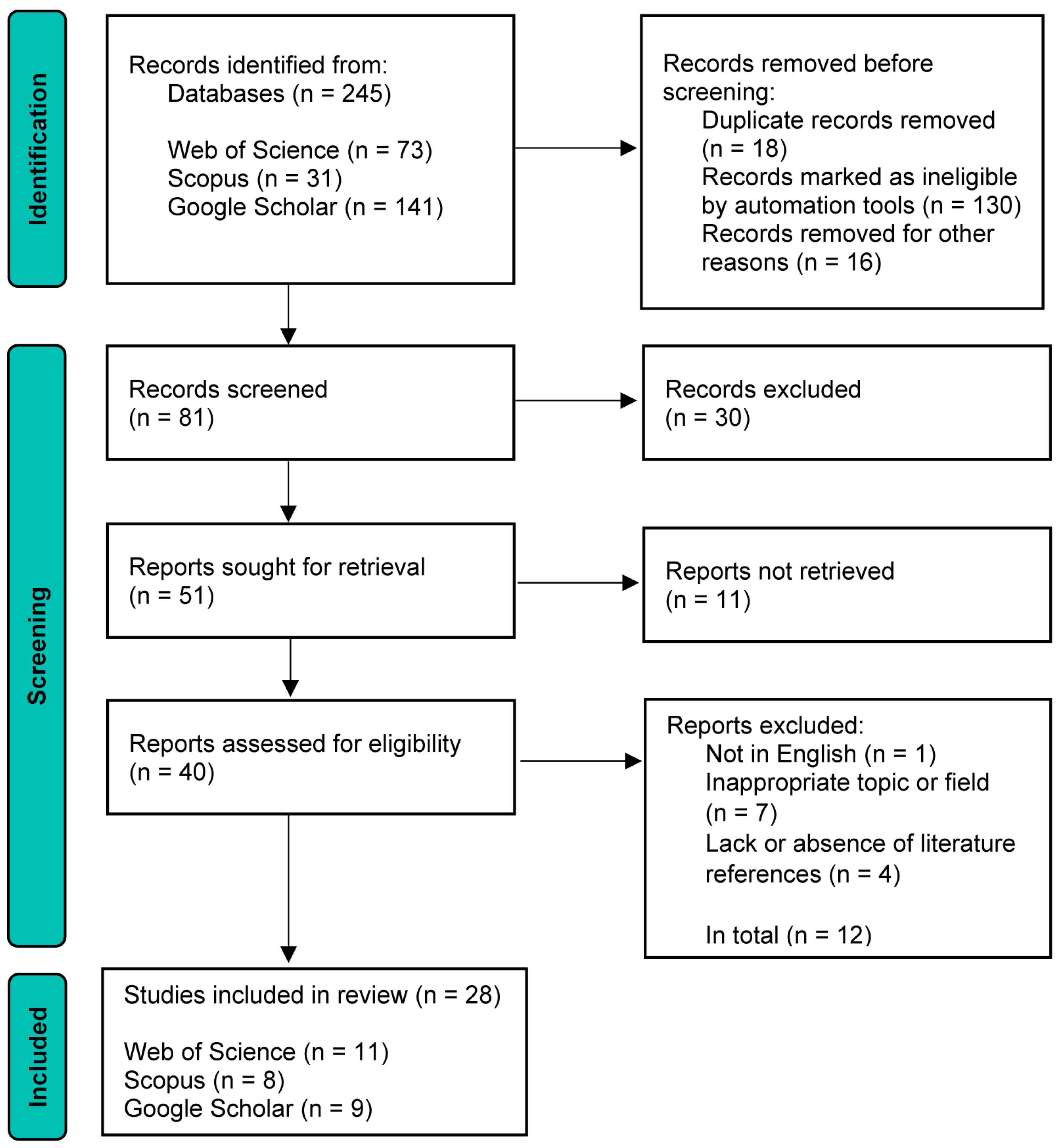

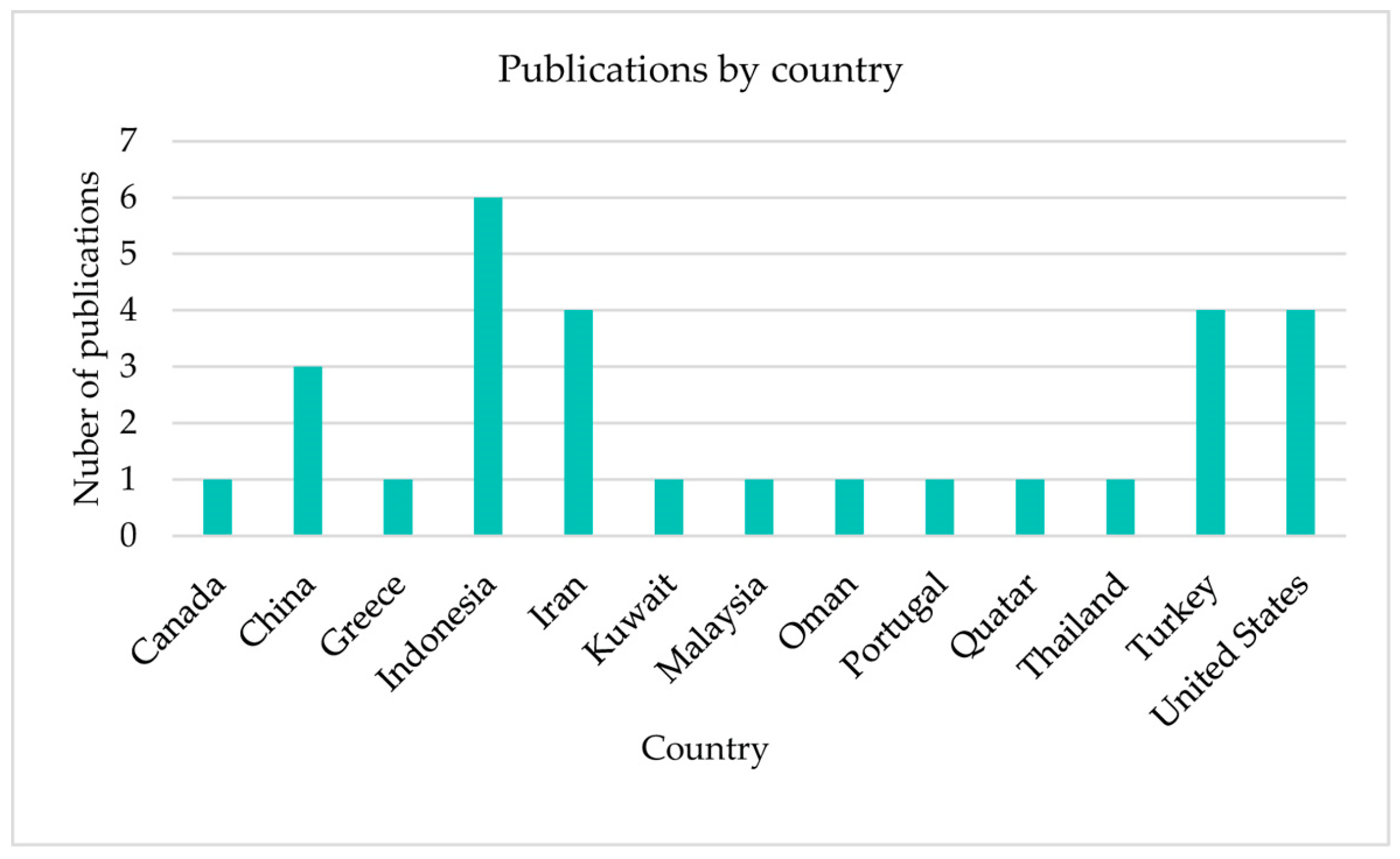

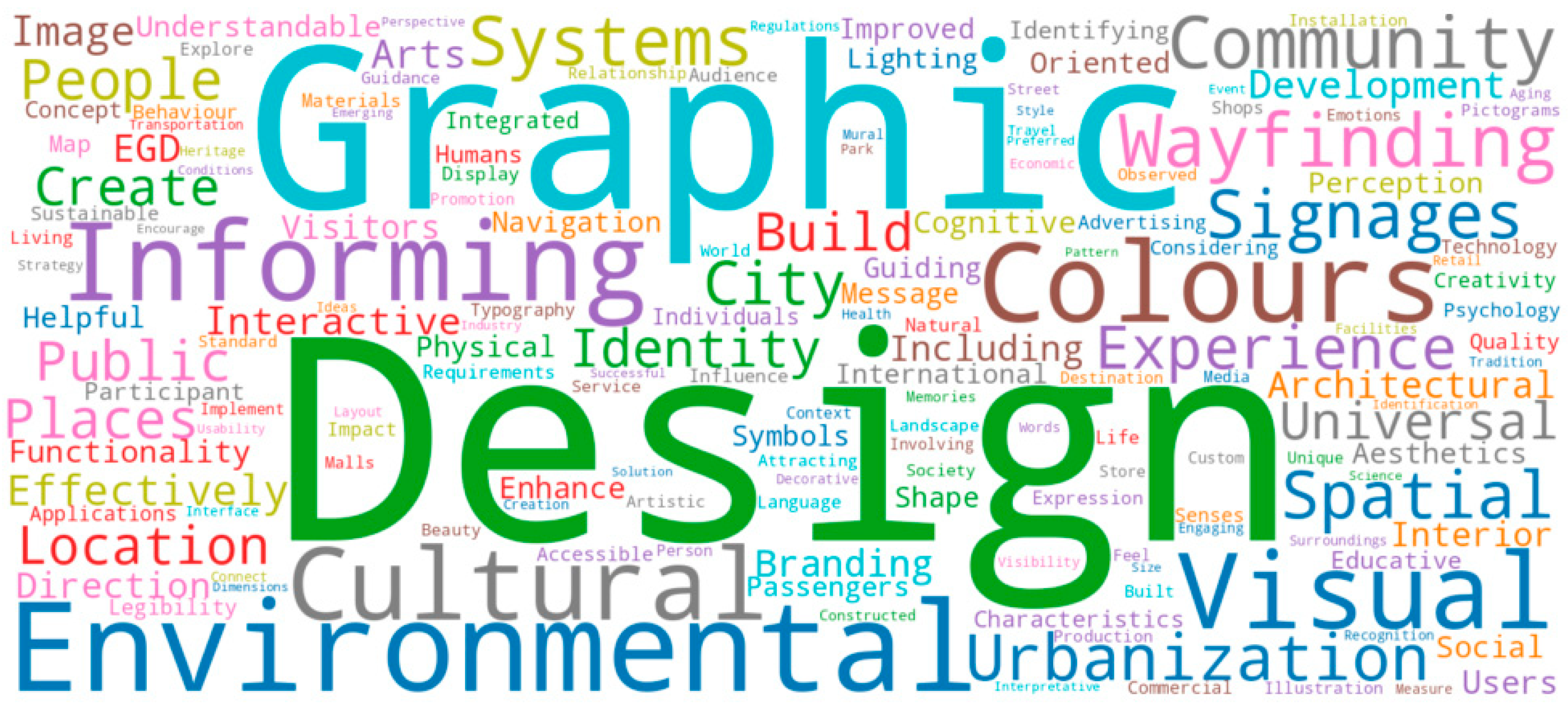
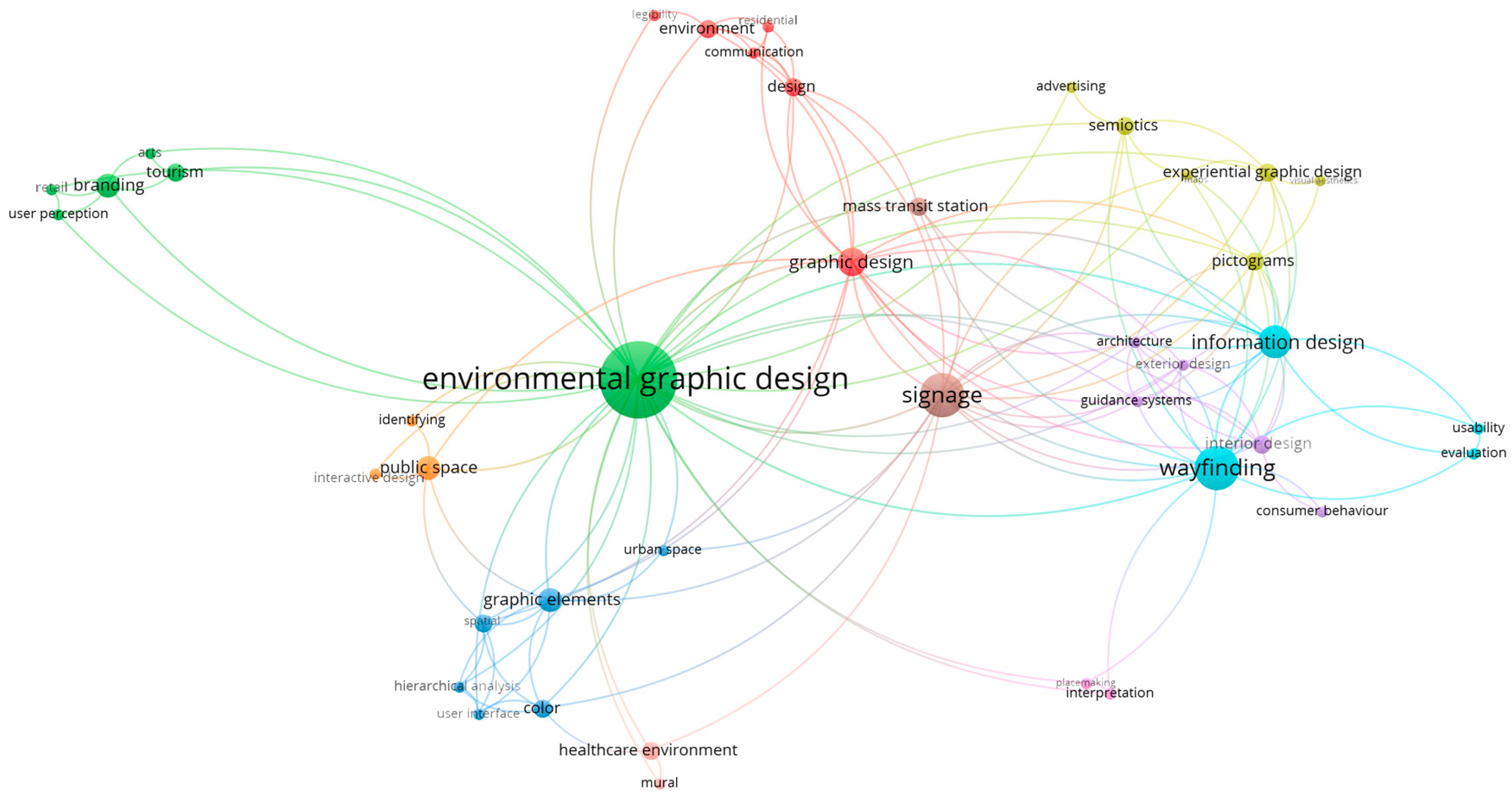
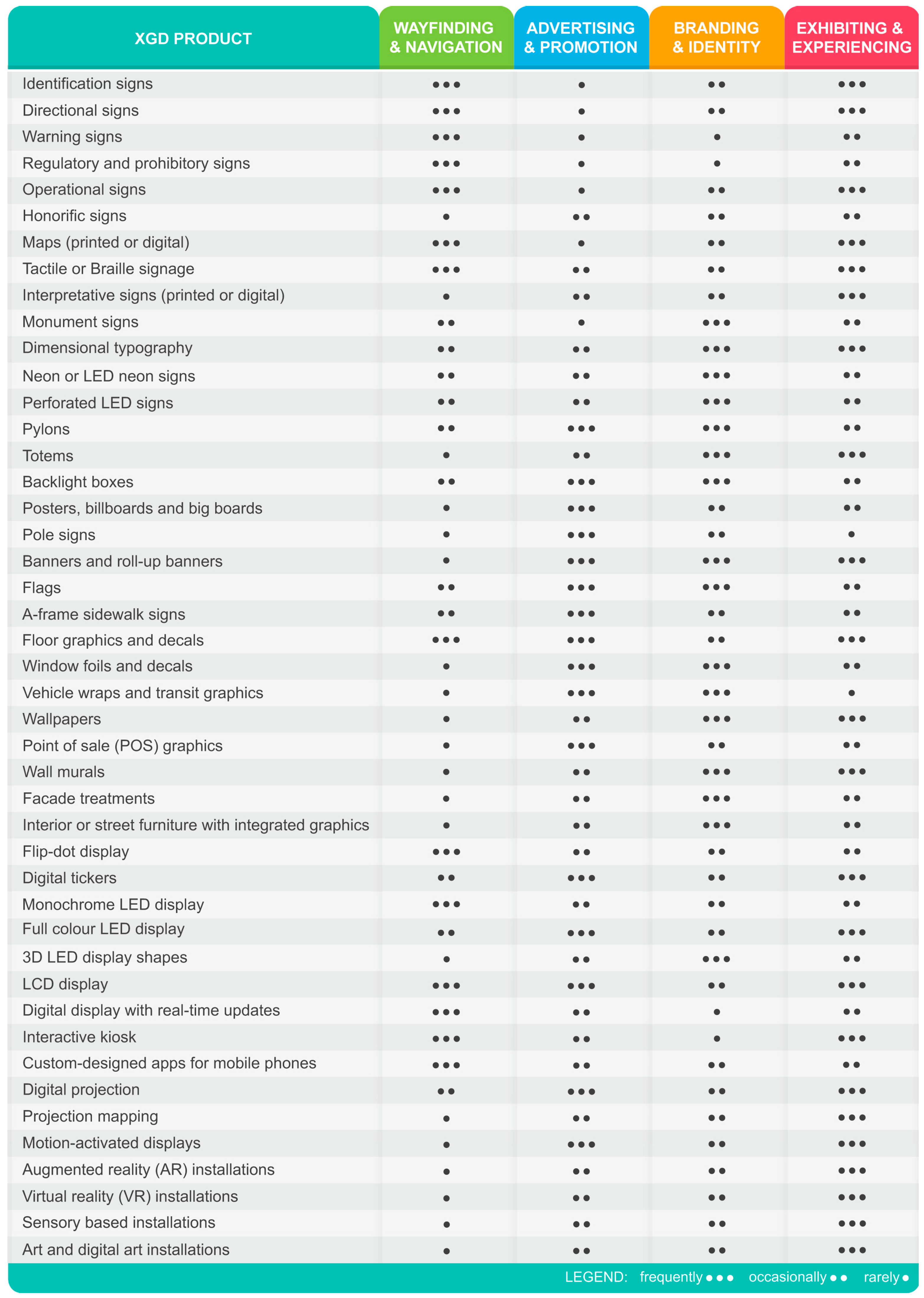

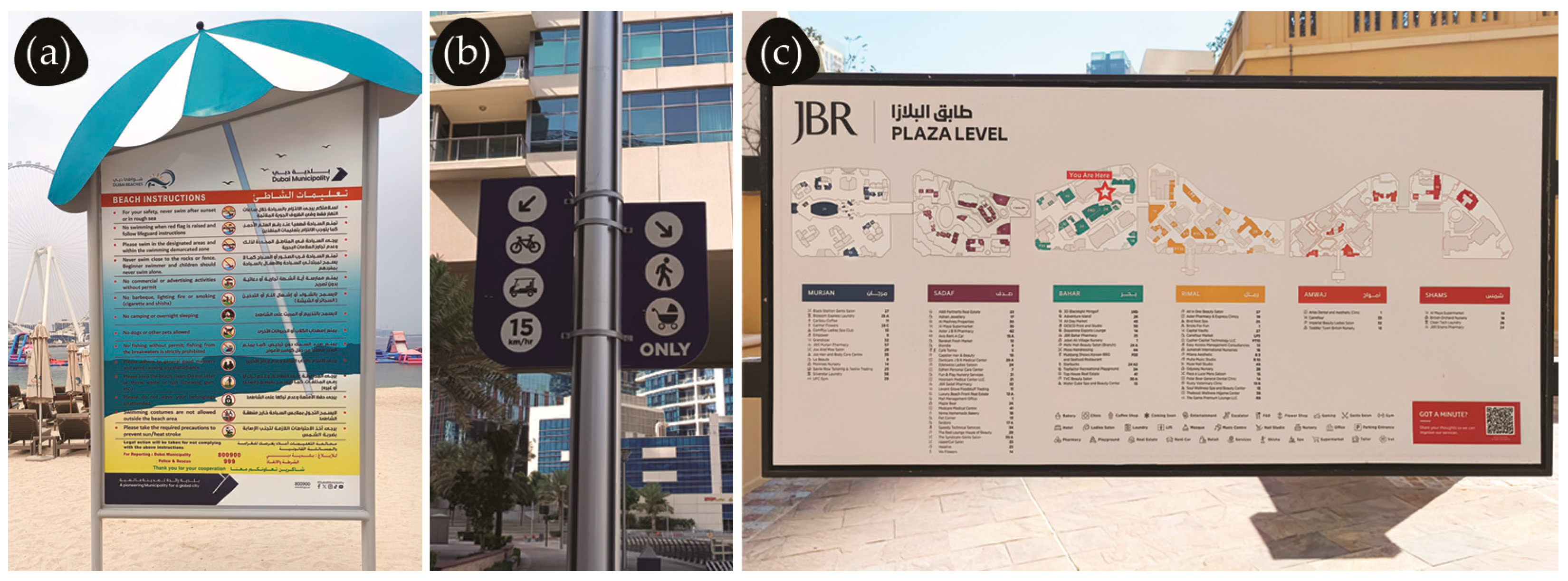
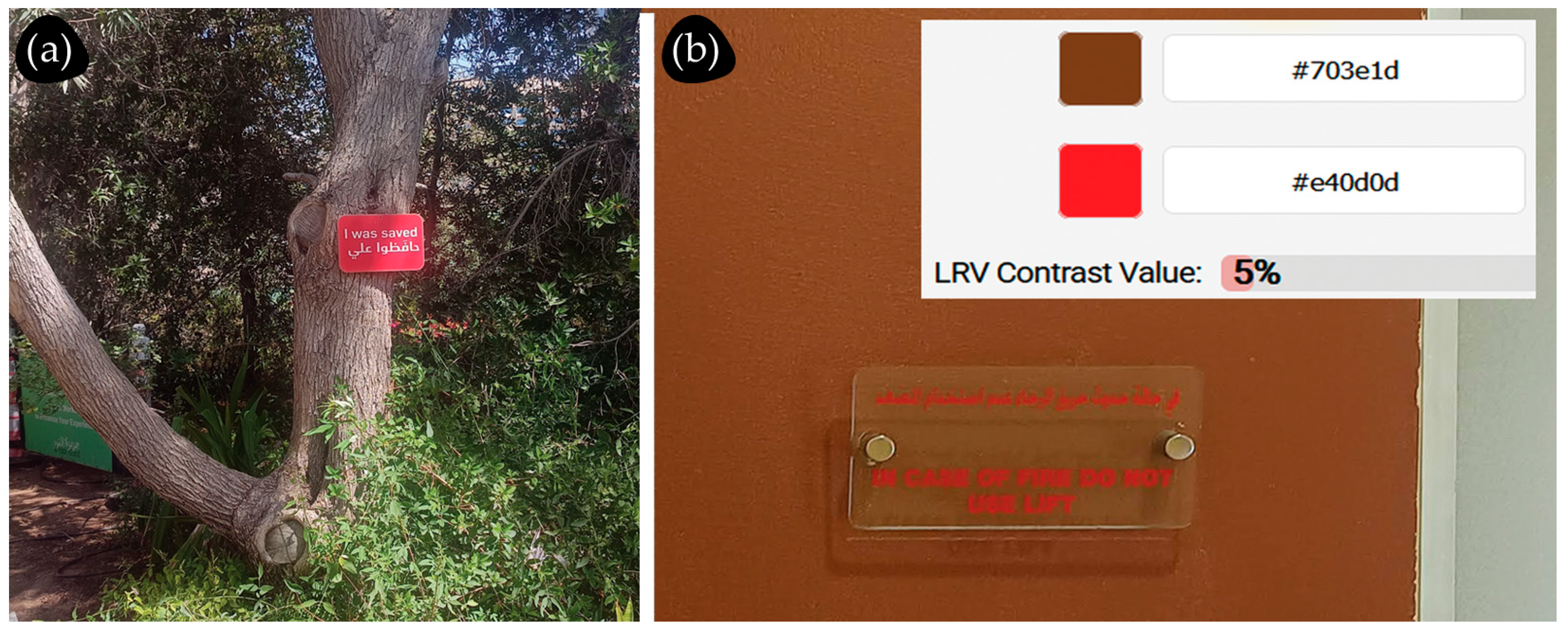

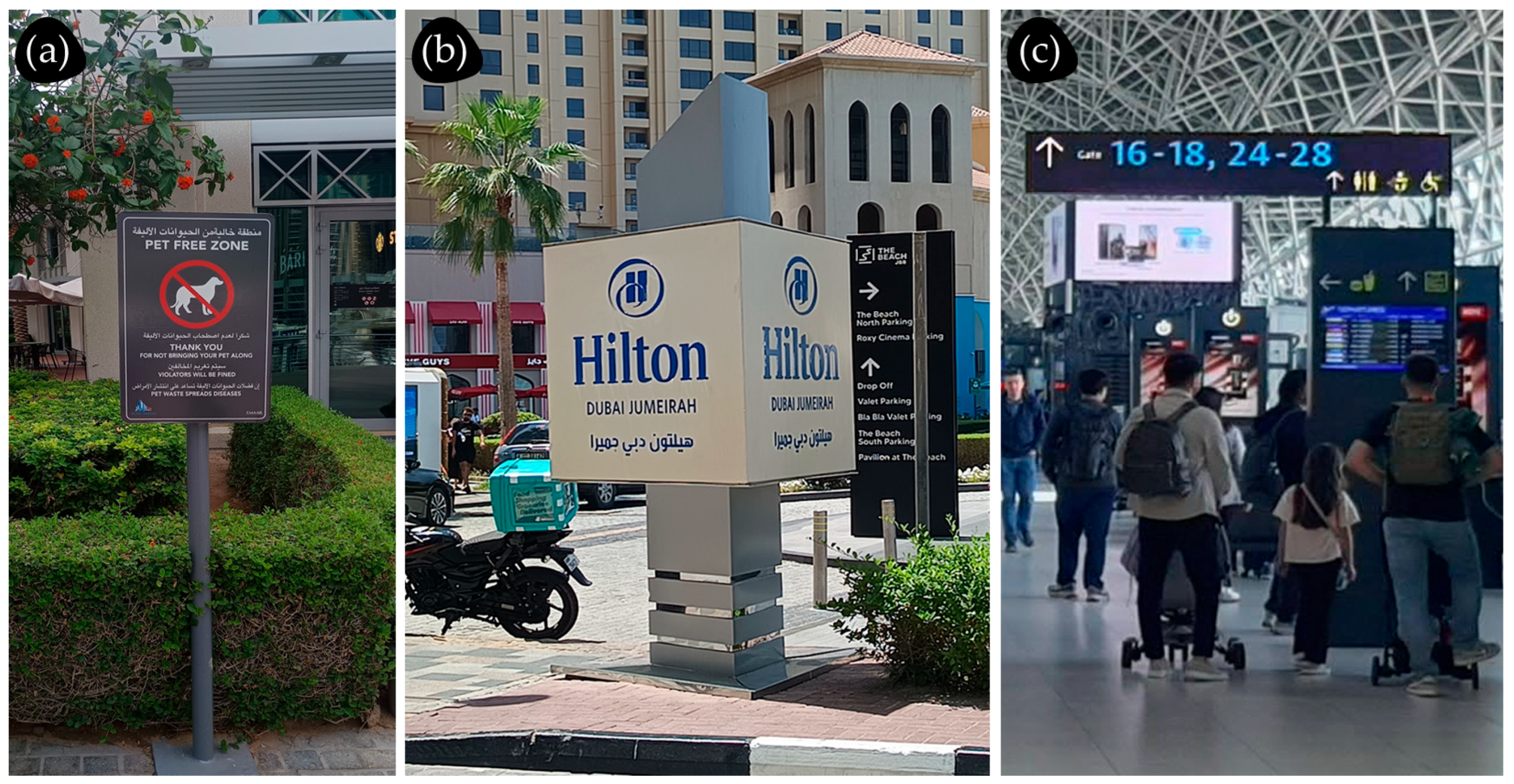





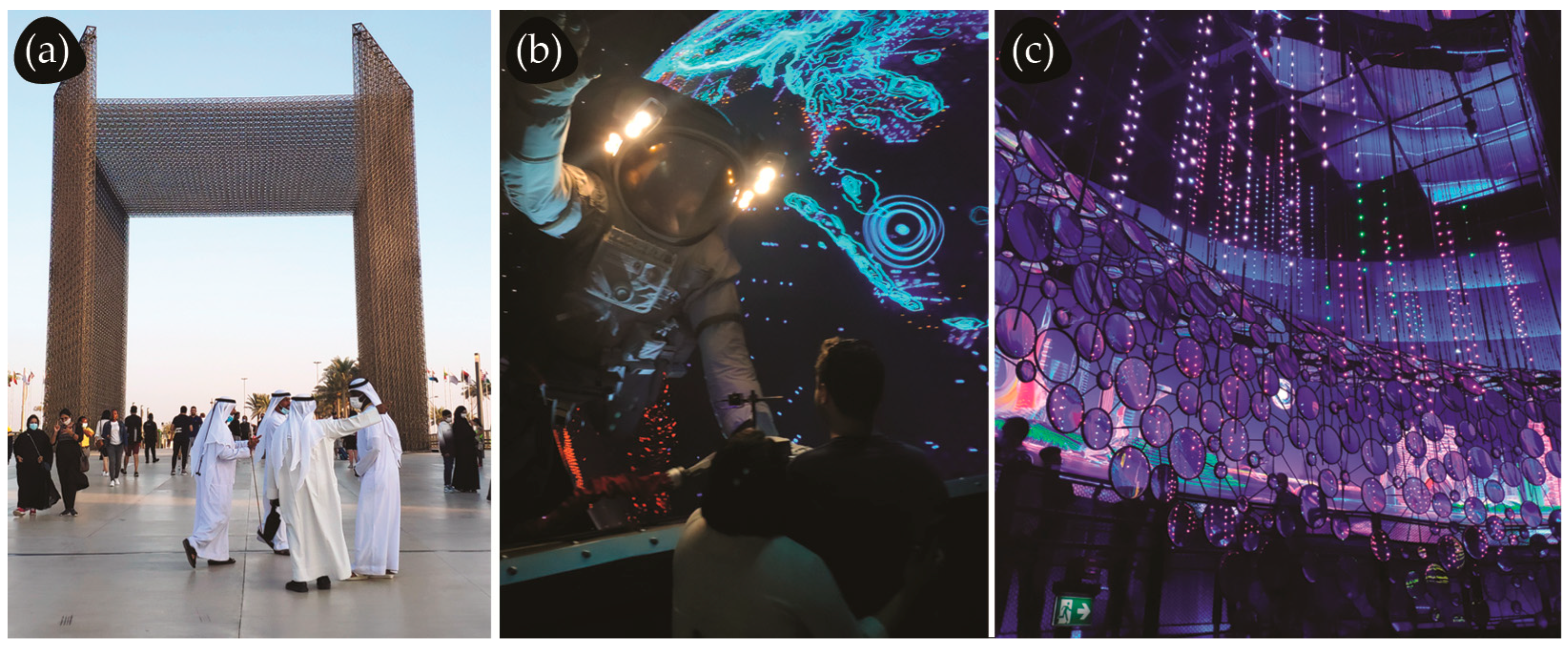

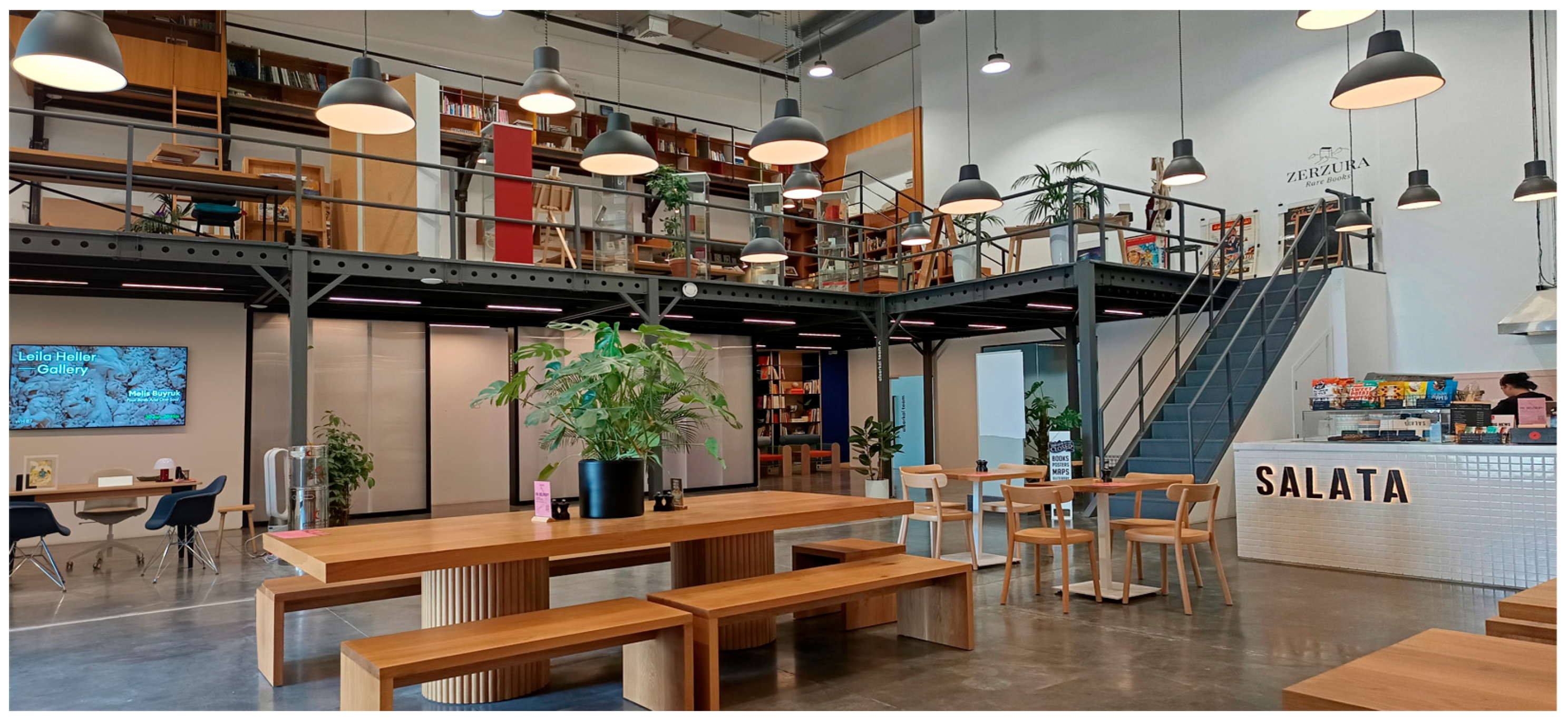
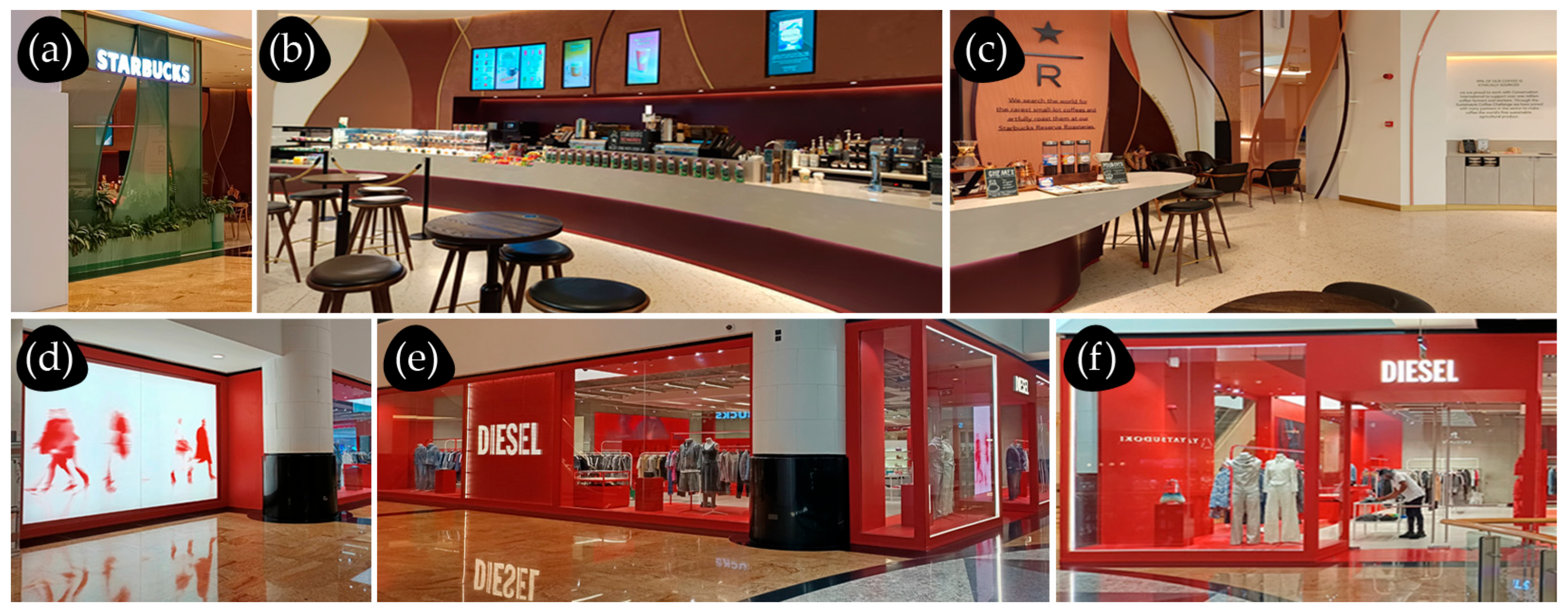
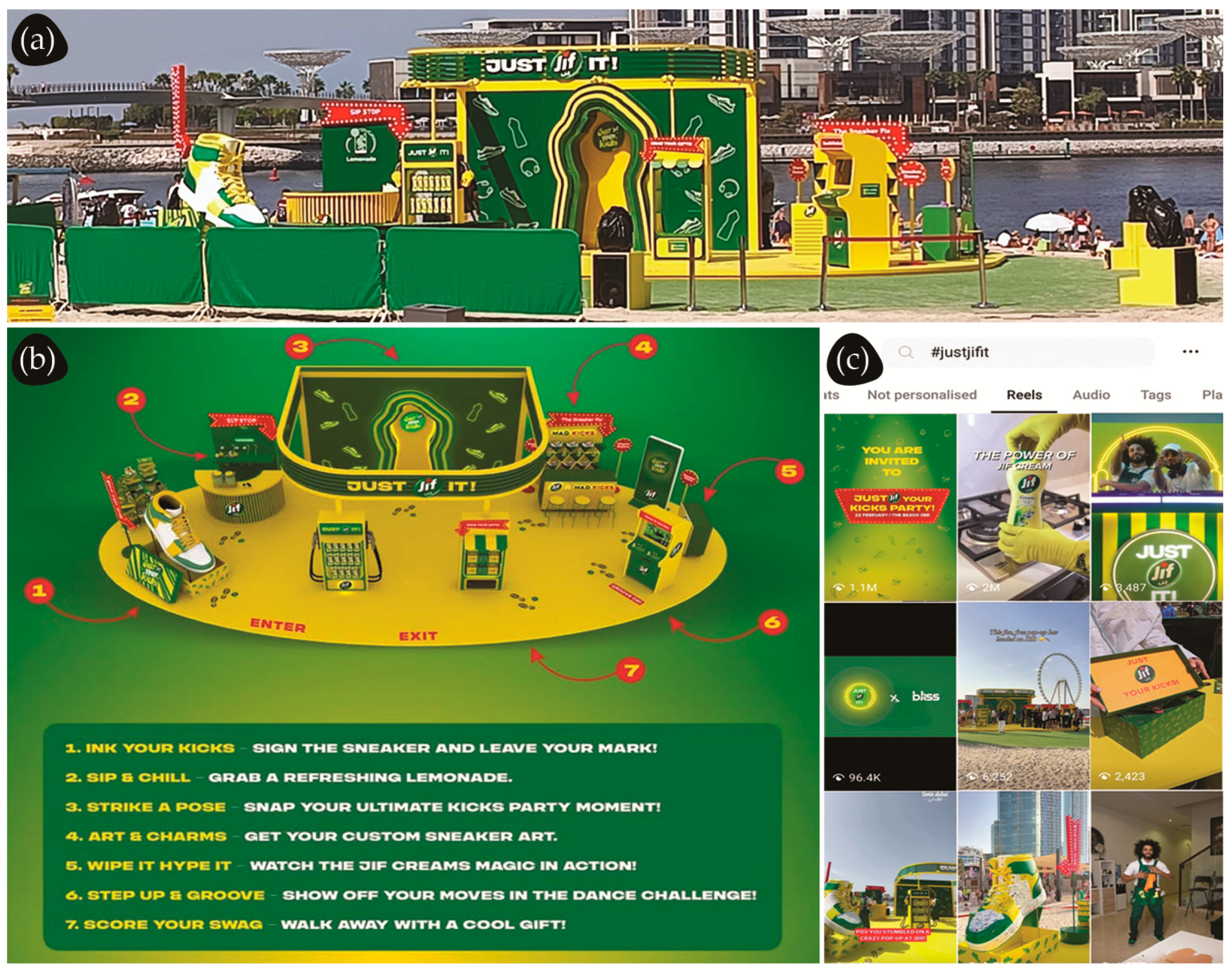

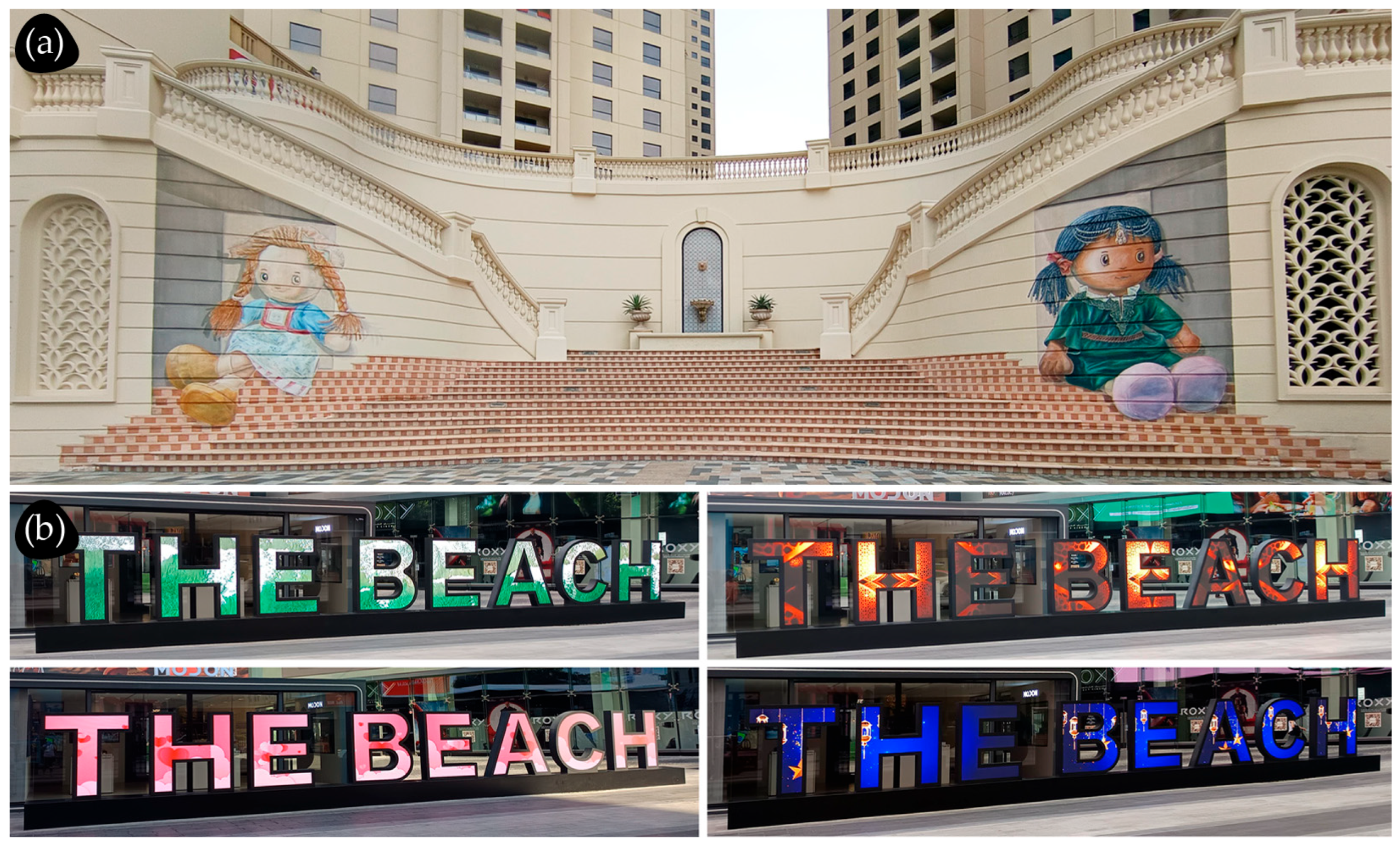
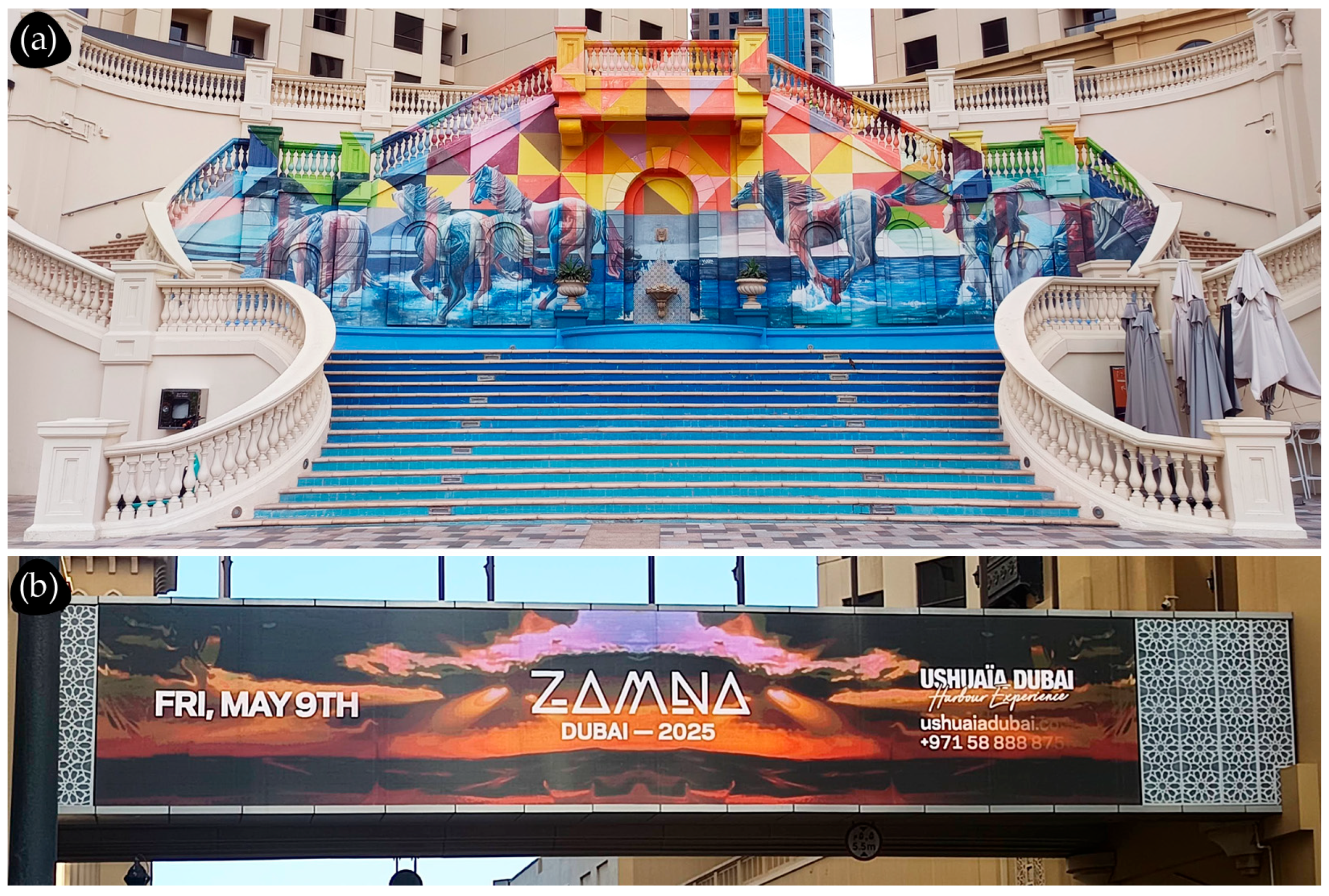
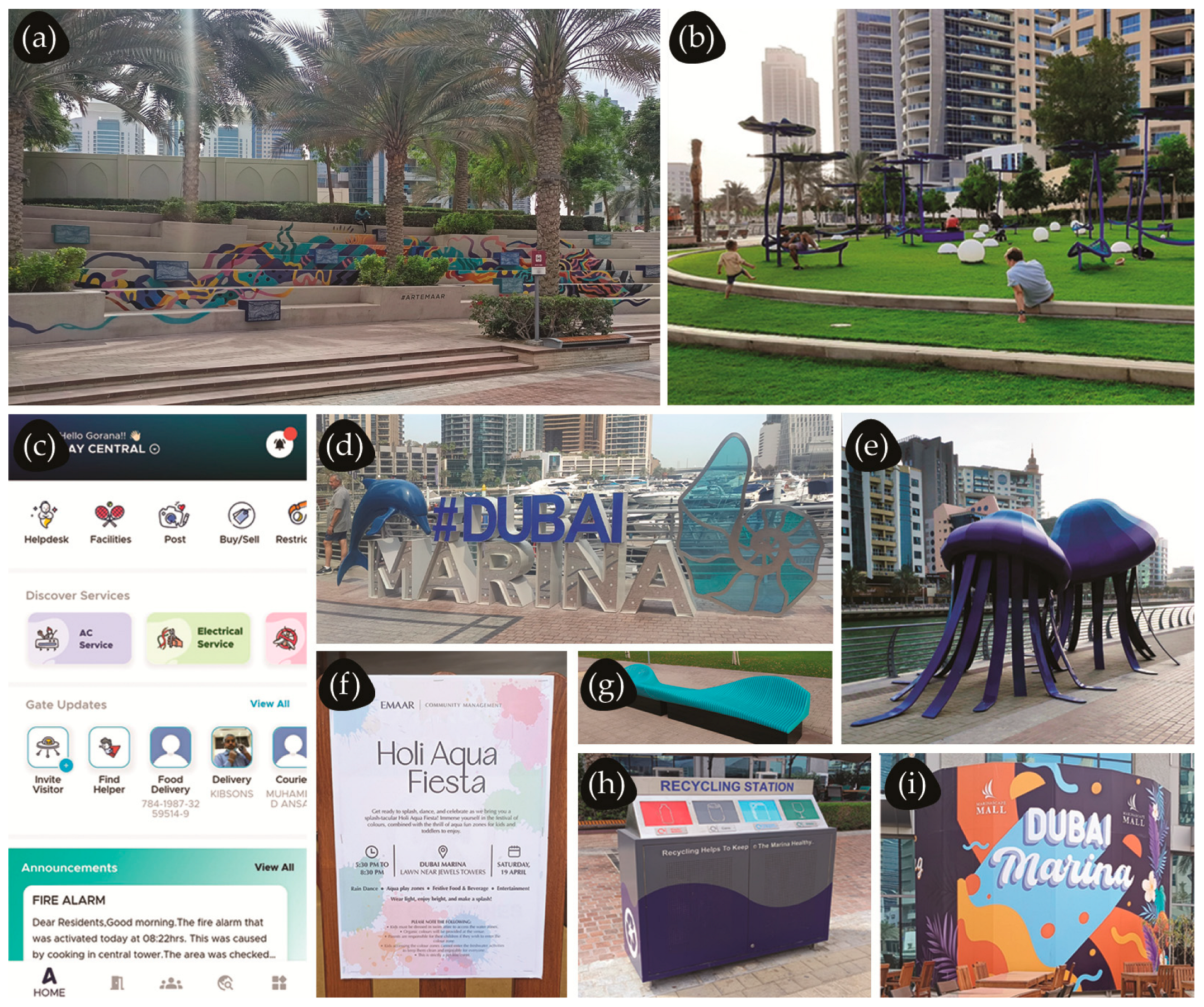
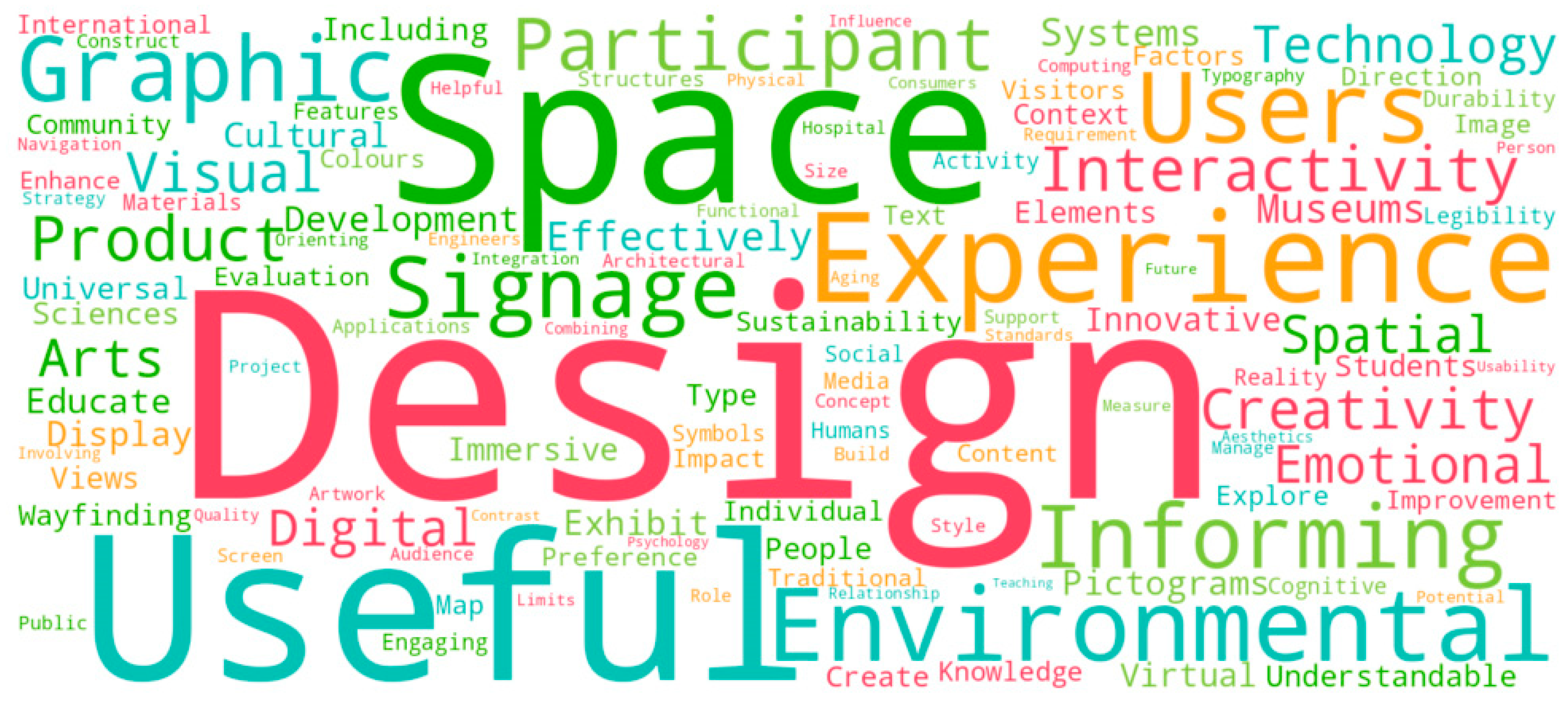

| Category | Inclusion Criteria | Exclusion Criteria | |
|---|---|---|---|
| IDENTIFICATION | Database | Web of Science, Scopus, Google Scholar | Other databases |
| Search phrases | Defined phrases in title and/or keywords | Studies with a title and/or keywords not related to the defined phrases | |
| Source type | Journal articles, conference papers, and books | Book reviews, notes, reports, meeting abstracts, dissertations, theses, scripts, and presentations | |
| Language | English | Non-English; only abstract and/or title in English | |
| Duplication check | Non-duplicate studies from selected databases | Duplicate studies from selected databases | |
| SCREENING | Accessibility | Full-text access | Only abstract and/or title available |
| Topic and/or field focus | Relevant studies on XGD/EGD (emphasis on graphic communications) | Studies without a defined focus or with an emphasis on different fields (architecture, psychology, transportation, etc.) |
Disclaimer/Publisher’s Note: The statements, opinions and data contained in all publications are solely those of the individual author(s) and contributor(s) and not of MDPI and/or the editor(s). MDPI and/or the editor(s) disclaim responsibility for any injury to people or property resulting from any ideas, methods, instructions or products referred to in the content. |
© 2025 by the authors. Licensee MDPI, Basel, Switzerland. This article is an open access article distributed under the terms and conditions of the Creative Commons Attribution (CC BY) license (https://creativecommons.org/licenses/by/4.0/).
Share and Cite
Petković, G.; Pasanec Preprotić, S.; Kozjan Cindrić, A. Experiential Graphic Design: Informing, Inspiring, and Integrating People in Physical Spaces—A Review. Buildings 2025, 15, 1862. https://doi.org/10.3390/buildings15111862
Petković G, Pasanec Preprotić S, Kozjan Cindrić A. Experiential Graphic Design: Informing, Inspiring, and Integrating People in Physical Spaces—A Review. Buildings. 2025; 15(11):1862. https://doi.org/10.3390/buildings15111862
Chicago/Turabian StylePetković, Gorana, Suzana Pasanec Preprotić, and Anamarija Kozjan Cindrić. 2025. "Experiential Graphic Design: Informing, Inspiring, and Integrating People in Physical Spaces—A Review" Buildings 15, no. 11: 1862. https://doi.org/10.3390/buildings15111862
APA StylePetković, G., Pasanec Preprotić, S., & Kozjan Cindrić, A. (2025). Experiential Graphic Design: Informing, Inspiring, and Integrating People in Physical Spaces—A Review. Buildings, 15(11), 1862. https://doi.org/10.3390/buildings15111862








